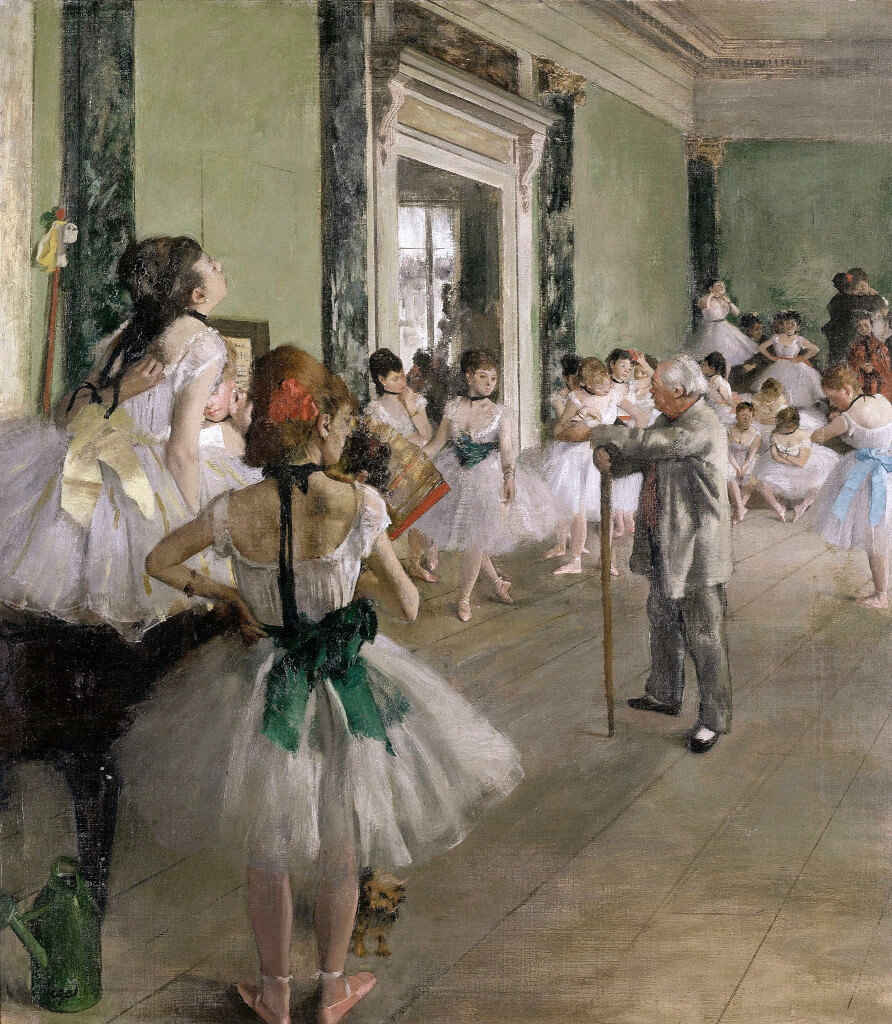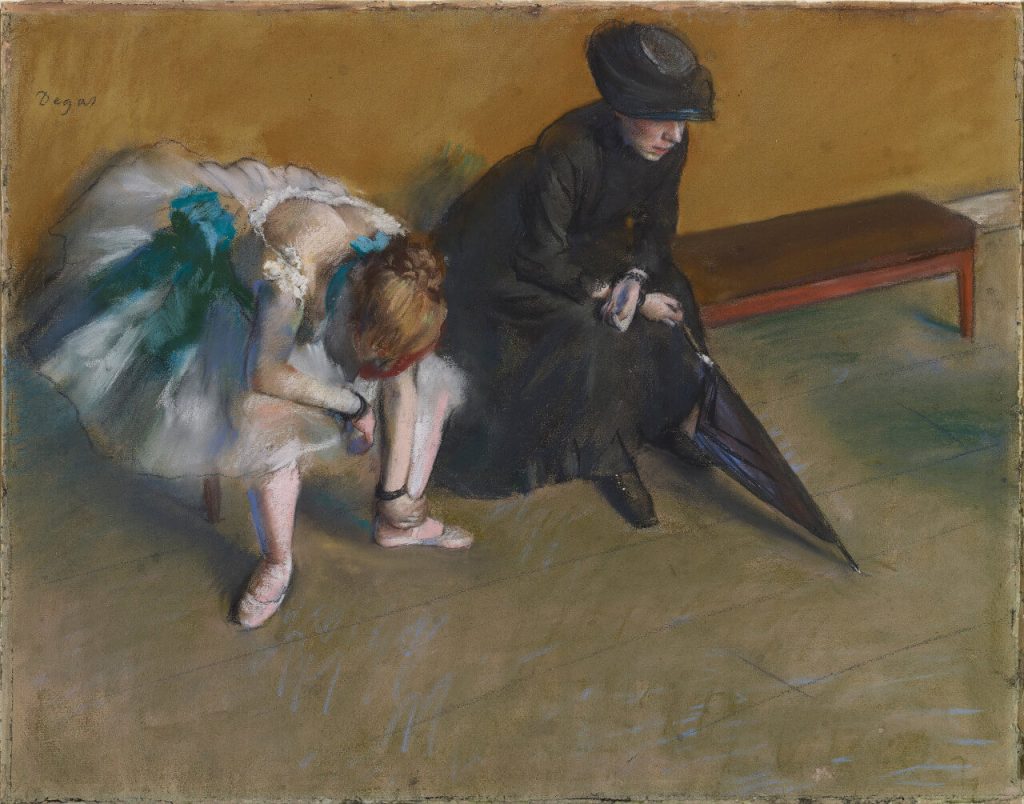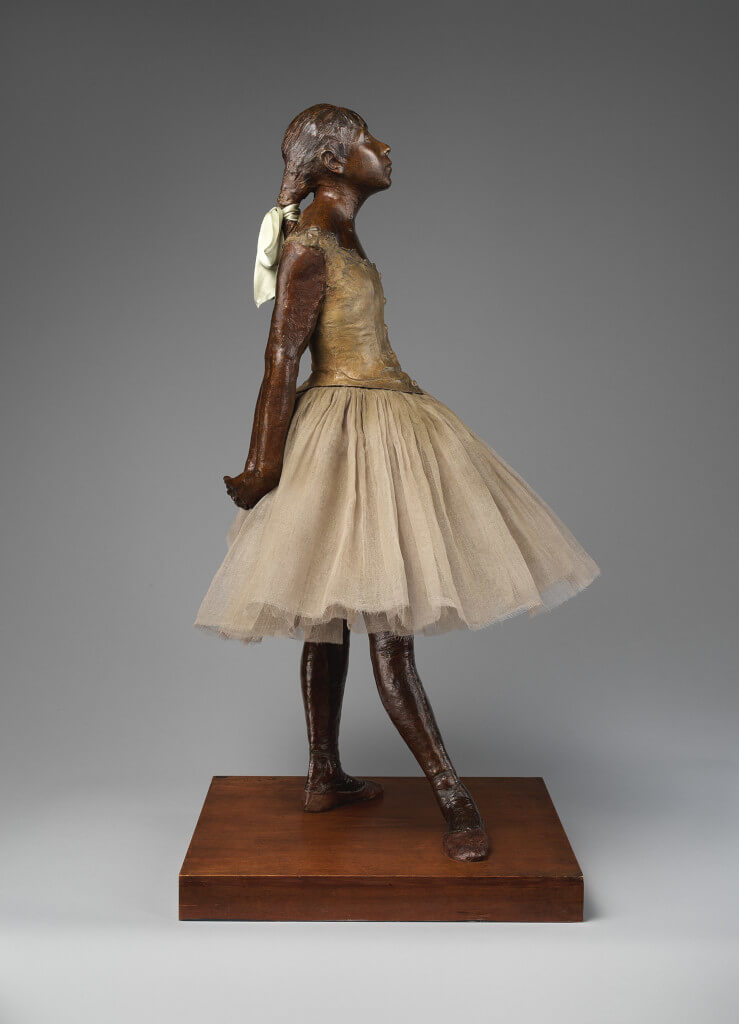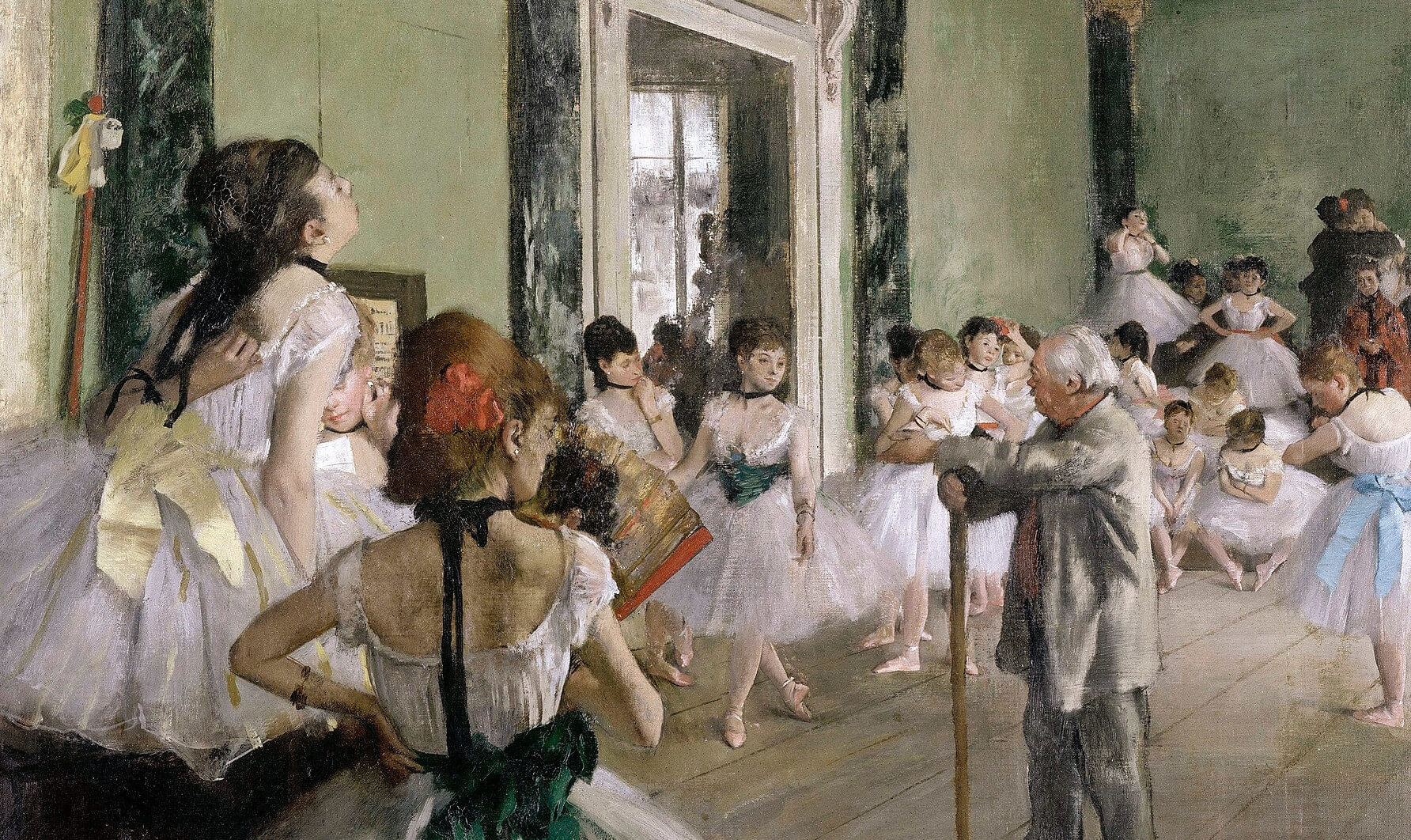In the realm of artistic fascination, few muses rival the allure of ballet dancers caught in the midst of their graceful pirouettes. For the French Impressionist Edgar Degas, the magnetic pull of ballerinas proved irresistible. Entranced by the intricate dance routines, the delicate interplay of strength and elegance, and the eloquent gestures of the performers, Degas found himself endlessly captivated.
During Degas’s time, the Opéra performed in two different venues. The first, the modest theater Le Peletier, was destroyed by fire and replaced by the grand Palais Garnier, commissioned by Emperor Napoléon III and designed by Charles Garnier. Despite frequenting the Garnier, Degas never developed an affinity for its grandeur, mourning the loss of Le Peletier. However, it was at the Garnier where he gained access to backstage areas, observing the interactions between dancers and elegantly dressed visitors. The settings of many of his opera scenes bear more resemblance to the former Peletier than to the Palais Garnier.

The Dance Class, 1874
Among Degas’ extensive body of work, several pieces stand out as iconic examples. “The Dance Class,” completed in 1876, immortalizes a ballet class in progress, capturing the physicality of the dancers and the disciplined atmosphere of the studio. The dance instructor in this painting, identified as Jules Perrot, was Degas’ friend. Even though he had retired by the time Degas began exploring the ballerinas theme, the artist depicted Perrot in the role of a ballet master. Similarly, “Waiting,” a pastel drawing, portrays a ballerina accompanied by her chaperone, probably an ex-dancer, symbolizing both guidance and the transient nature of a dancer’s career.

Waiting, 1882
Finally, one of Degas’ most controversial works is “The Little Fourteen-Year-Old Dancer,” a wax sculpture dressed in real fabric with a wig made of real hair. Departing from traditional conventions, Degas portrayed the young ballet dancer, Marie Geneviève van Goethem, eventually dismissed from the Paris Opera Ballet in an unidealized manner. The sculpture caused a sensation when it was first exhibited due to its departure from traditional artistic conventions. The version of the “Little Dancer” sculpture known today is a revised edition of the original displayed in 1881, with numerous replicas found in museums and galleries worldwide cast after Degas’ passing.

The Little Fourteen-Year-Old Dancer, 1881
These are just a few examples of Edgar Degas’ famous works, each showcasing his remarkable talent for capturing the beauty, emotion, and complexity of the world around him. From the quiet intimacy of the rehearsal chamber to the dazzling spectacle of the stage, his artistic ambition knew no bounds. Today, you can still experience the opulent ambiance of Opéra Garnier through a guided tour, as well as visit the Musée d’Orsay to witness firsthand the delicate interplay of light and movement in Degas’ ballerinas.
